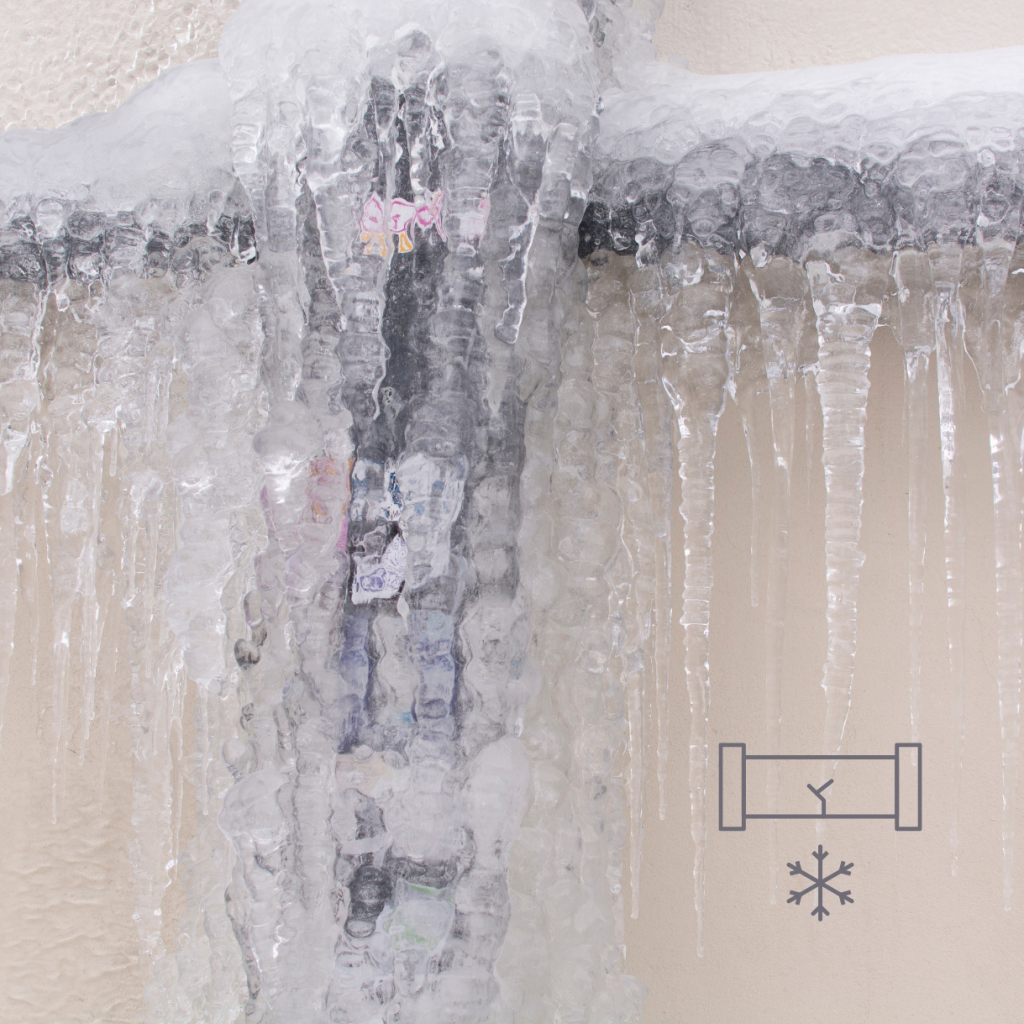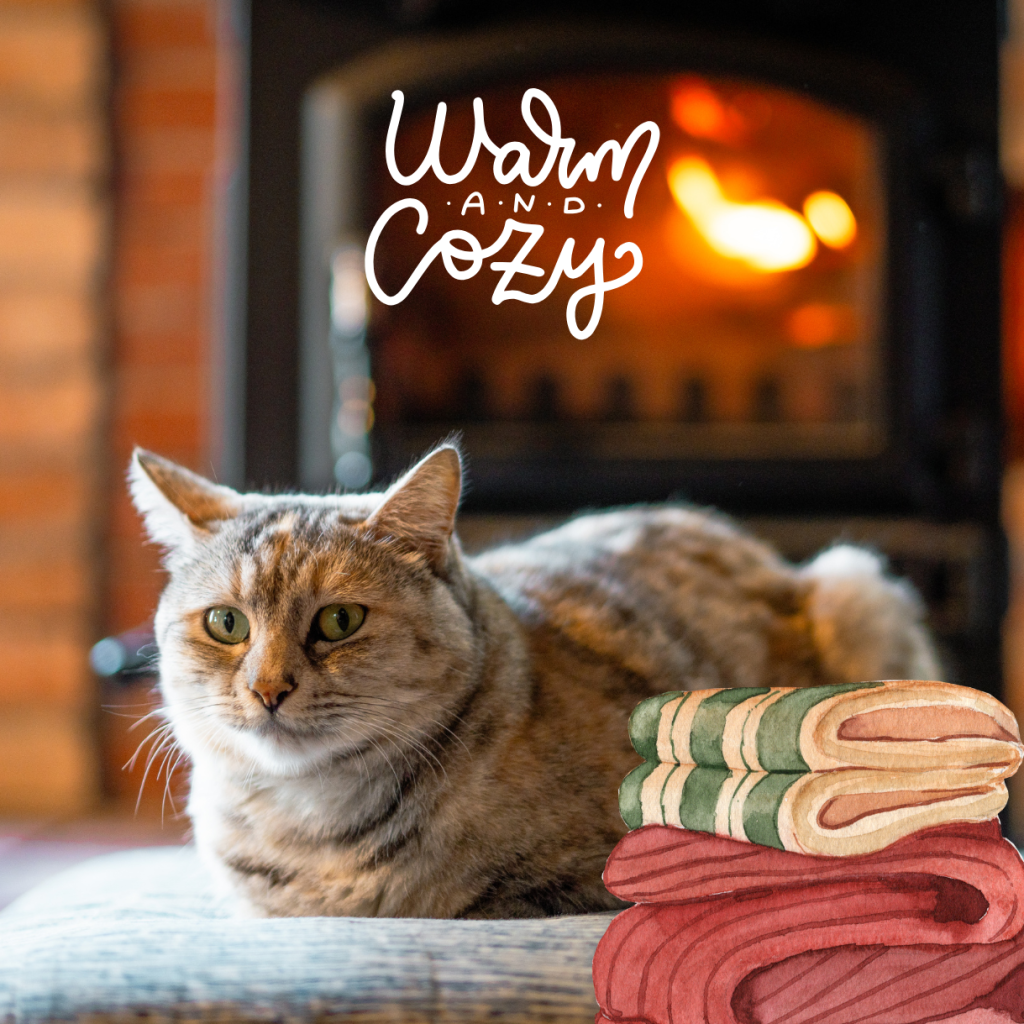Cold weather is still here! Have you had time to prepare for more cold? In Idaho, this is a big thing because every time we think spring is here, it will snow or freeze again that same night! Ha! So, in this blog post, we will talk about the smartest ways to prep your home for cold weather.
Without proper winter-proofing, homes can lose heat quickly, leading to higher energy bills (and boy are they high!), cold drafts, and even frozen pipes! Small upgrades can prevent these expensive issues and keep indoor spaces warm, cozy, and efficient.

The Smartest Ways to Prep Your Home for Cold Weather
Sealing gaps, improving insulation, and upgrading heating systems help maintain comfortable temperatures while reducing energy waste. Choosing the right heating solution also plays a key role in keeping a home warm without excessive costs.
Here are the smartest ways to prep your home for cold weather and make sure it has reliable warmth throughout the frigid season.
1. Upgrade to an Efficient Heating System
Heating systems play a crucial role in maintaining indoor comfort during cold weather. Older systems tend to lose efficiency over time, leading to uneven heating, higher energy bills, and frequent breakdowns. Modern oil-filled radiators and high-efficiency furnaces provide better heat distribution while consuming less energy.
For homes that rely on oil-based heating, regular fuel deliveries and system maintenance ensure uninterrupted warmth throughout winter.
Many homeowners choose professional heating oil service to keep their systems running efficiently, preventing unexpected fuel shortages and performance issues.
A well-maintained heating system not only improves comfort but also enhances energy efficiency, reducing overall heating costs.
Switching to a programmable thermostat is another smart move. It allows better temperature control, optimizing heating schedules based on daily routines and preventing energy waste when no one is home.
2. Seal Gaps and Insulate to Keep the Warmth In
Even the most efficient heating system won’t work well if warm air escapes through poorly sealed doors, windows, and walls. Heat loss can make your home colder while increasing energy costs.
Start by checking for drafts around windows and doors (we always have so many, ugh!). Apply weather stripping and caulking to seal all those gaps.
You will also want to insulate attic spaces (if you have an attic), and exterior walls which can further prevent precious and expensive heat from escaping, keeping indoor temperatures stable and comfy.
For an added layer of insulation, consider thermal curtains or thick curtains, which will help trap the heat and warmth while blocking out cold drafts too.
Smart home upgrades like automated window coverings can adjust based on outdoor temperatures, improving energy efficiency in your home.

3. Protect Pipes from Freezing and Bursting
Frozen pipes are one of the worst, most common and costly issues in winter. When water freezes inside pipes, it expands, increasing the risk of cracks or full bursts.
This happened to us one time and I was SO thankful we got it taken care of quickly! So, no pipes burst! We were lucky though!
To prevent this, insulate exposed pipes in basements, garages, and attics. On extremely cold nights, let faucets drip slightly to keep water flowing (make sure it is your cold water running though and NOT your hot!).
Smart pipe insulation sleeves with built-in temperature sensors can automatically activate heat when needed, adding an extra layer of protection.
If you travel frequently, consider installing a leak detection system that alerts you to unexpected drops in water pressure, helping prevent costly repairs.
4. Improve Indoor Air Quality with a Heat Recovery Ventilator
Cold weather often means keeping windows shut, which leads to stale indoor air and moisture buildup. Poor ventilation can cause condensation, which may lead to mold growth and increased allergens.
A heat recovery ventilator (HRV) solves this by exchanging stale indoor air with fresh outdoor air while retaining warmth. It improves air circulation, reduces humidity, and maintains a healthier environment.
For added efficiency, choose a smart HRV system that adjusts airflow based on indoor air quality levels, optimizing comfort and energy savings.
5. Have a Backup Heating Plan for Emergencies
Power outages during winter storms can leave homes without heat for hours (or even days!). A backup heating source ensures you stay warm even if your primary heating system fails.
Portable generators, propane heaters, or wood-burning stoves can provide temporary warmth. However, these should be used safely and with proper ventilation. Smart home battery backups and powered solar panels can also keep essential heating systems running when electricity is down.
Stocking up on emergency supplies such as blankets, thermal clothing, and non-perishable food can further prepare you for unexpected cold snaps.

6. Install Heated Floors for Even Warmth
Cold floors can make a room feel much chillier than it actually is. Traditional forced-air heating systems often leave cold spots, making it difficult to maintain consistent warmth.
Radiant floor heating is a smart solution that distributes heat evenly from the ground up. Unlike traditional heating, it doesn’t rely on blowing warm air, reducing heat loss, and improving efficiency.
For homeowners looking for a cost-effective option, electric underfloor heating mats can be installed beneath tile or laminate flooring. Smart thermostats can help regulate floor heating, ensuring energy is used efficiently while keeping your space cozy and warm.
Preparing your home for cold weather isn’t just about staying warm—it’s about doing it efficiently and effectively. From sealing heat leaks and insulating pipes to upgrading heating systems and improving air quality, small yet smart changes can make a big difference.
With the right winter-ready solutions, you can keep your home warm, reduce energy costs, and stay comfortable all season long. What are some Smartest Ways to Prep Your Home for Cold Weather? Let me know in the comments below!
PIN IT!
